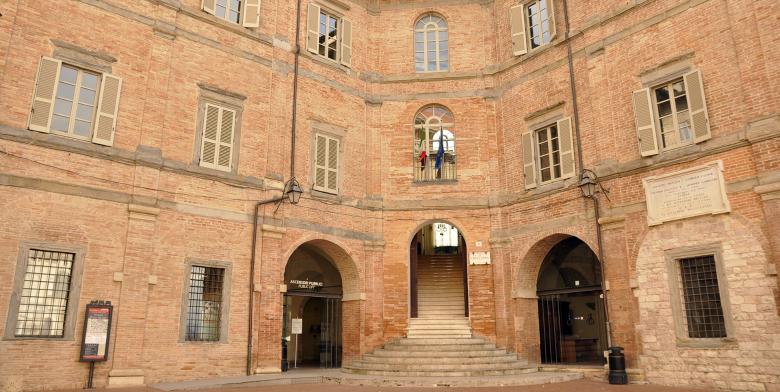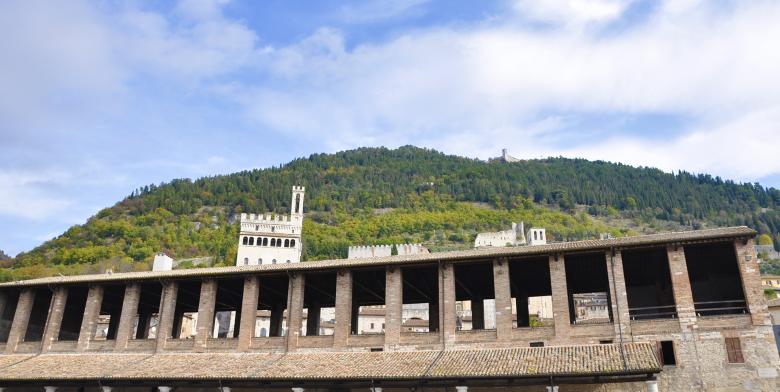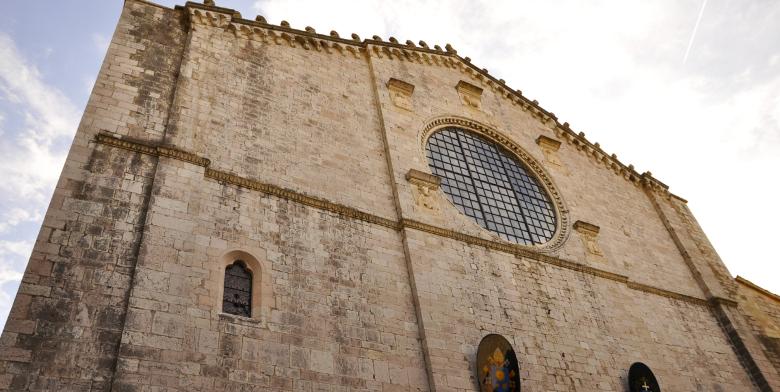Roman Theatre of Gubbio
In Gubbio, in the immediate vicinity of Porta degliOrtacci, lies the important archaeological area of Guastuglia, which extends over a wide green plain below the historic centre, offering a beautiful view of the city.
In the area, a vast late-Republican quarter (2nd-1st century B.C.) has been brought to light, with the remains of important structures, such as a bathhouse, numerous domus with mosaic floors, a sanctuary from the proto-imperial age, stretches of paved streets and part of the extra-urban area with burial monuments.
The most important building in the entire area is the Roman theatre, whose construction began in the 1st century BC and was completed between 55 and 20 BC.
With a maximum width of about 70 metres, the theatre is built on two levels, reaching an overall height of about 12 metres.
Originally, the theatre featured two rows of arcades, of which the lower arcade and a section of the upper one remain, adorned with large limestone blocks in opus quadratum with rustic ashlar, while the corridors of the entrances, the “vomitoria”, show traces of opus reticulatum.
The cavea, which could seat an audience of more than six thousand people - higher, therefore, than the theatre of Pompeii, which accommodated about five thousand - is divided into four sections. Access was from the corridors below, with no radial steps and therefore probably connected to the cavea by wooden stairs.
The orchestra of the scaena is paved with limestone slabs and equipped with channels for the collection of rainwater, conveyed inside a large cistern located under the “pulpitum”.
Behind the pulpitum opens the scenic front, the frons scaenae, consisting of a central semicircular niche, flanked by two other quadrangular ones. According to reconstructive hypotheses and the finds discovered nearby, the frontescena of the theatre in Gubbio must have been closed with a colonnade on at least two levels in Corinthian style, enriched with friezes, cornices and sculptures in white travertine, Luni marble and polychrome marble, and decorated with painted plasters.
































